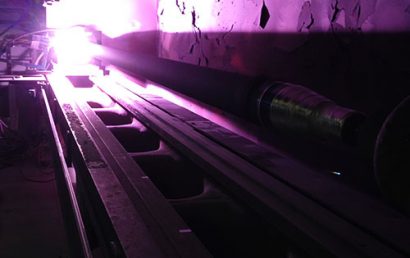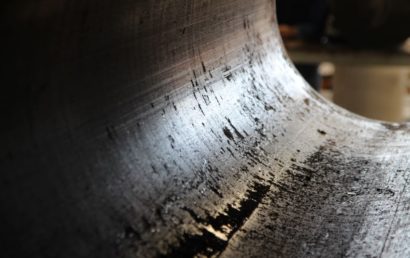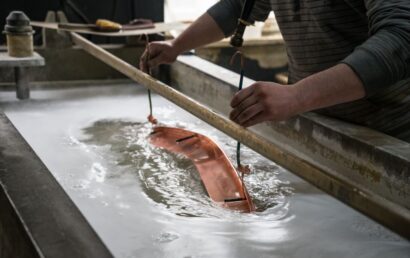New Ceramic Coatings Use Kinetics Rather Than High Temperatures
Why is it so astounding that protective coatings could be applied at room temperature? And why, specifically, are ceramic coatings using kinetics for room temperature application?
Microelectronics fabrication and design can be made more flexible by room temperature coatings. This will help to support modern technology by eventually resulting in less expensive, better microelectronics components.
The process, though somewhat elegant in nature, is applied through a method that is anything but. Literally splattered onto a surface, sub-micron particles makeup the ultrafine-grained ceramic coatings.
Kinetic Application of Ceramic Coatings
The splattering just mentioned is an essential part of the process of kinetically applying (or laying down) ceramic coatings. At room temperature, submicron ceramic particles slam onto surfaces at high velocity. Unlike the commonly accepted practice of processing ceramics such as barium titanate and alumina, this process avoids the need for high temperatures. Extremely strong nanocrystalline structures are produced during this kinetic process. These can serve as protection against oxidation, corrosion, wear, and more.
An Important Part of the Process
One essential part of this entire process is to, through the bow shock layer, maintain the particle kinetic energy. To achieve material plastic deformation, this is critical. There will be no coating and no sticking without plastic deformation.
When a particle impacts another layer or the substrate, it plastically changes shape and deforms. “Dislocation nucleation and slip” is what this process commonly goes by. The particles lay down onto a substrate because they have nanofractures. They form a pancake shaped grain. It’s like splatting cookie dough. Next, more particles deform the original layer as they hit it and tamp it down. An even tighter bond is created. This allows for a buildup of coatings as many layers are made possible.
Not Everything Is Rosy
There are drawbacks to room temperature microscale coatings, however. They are not particularly ideal for applications or coatings for capacitors, micro-motors, or micro-actuators because of the nanocrystalline structures produced. For better function, those particular devices require large grain structure.
Multiple Materials Deposited
Team members experimenting with this kinetic application of ceramics have used the method to deposit multiple materials including carbide compounds, barium titanate, titanium dioxide, aluminum oxide, nickel, and copper. What does this mean? These types of materials would likely be used in the following applications: wear surfaces, electrical contacts, inductors, resistors, capacitors, and more.
Why Use A and A Coatings To Protect Your Components?
At A and A Coatings, we use state-of-the-art techniques and proven protective coating materials (including ceramics). Our experienced, expert technicians are well-versed in the application of any and all processes and chemicals. We offer numerous coating materials for an extensive array of industries and applications. A and A Coatings has been at the forefront of the thermal spray industry since 1944. Contact us today and discover why our established experience makes us your go-to supplier of today’s most high-tech thermal spray coatings.



